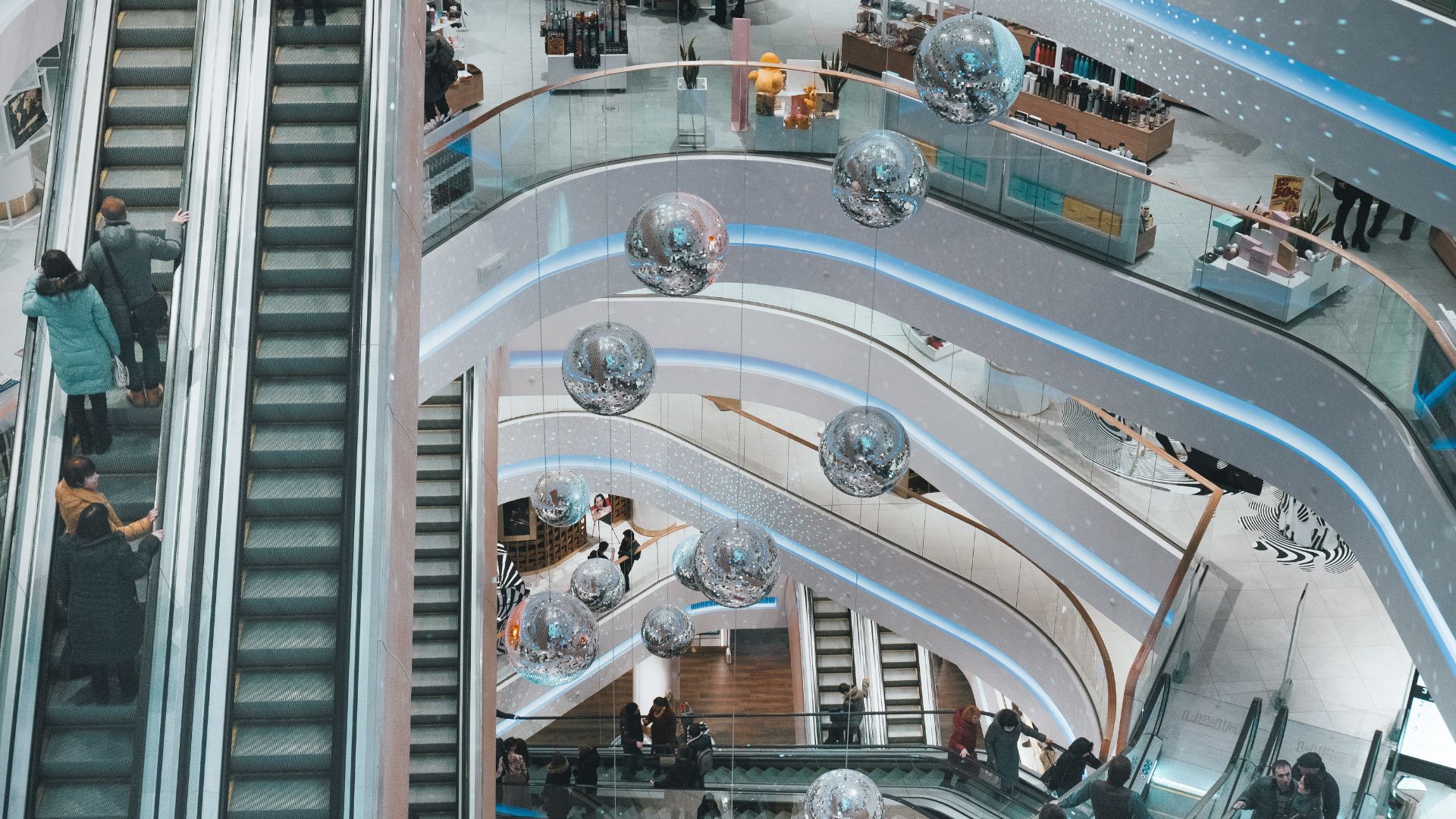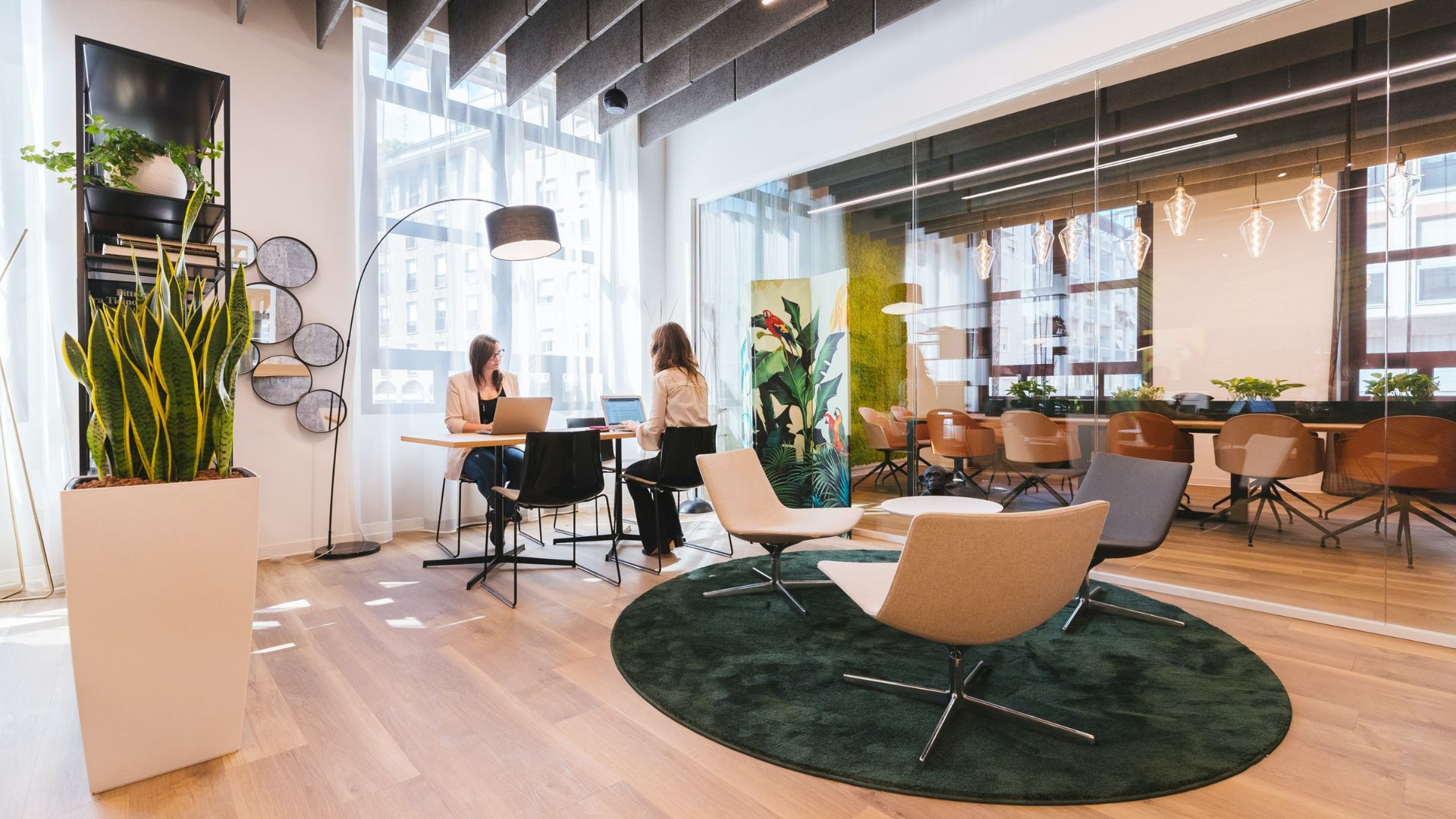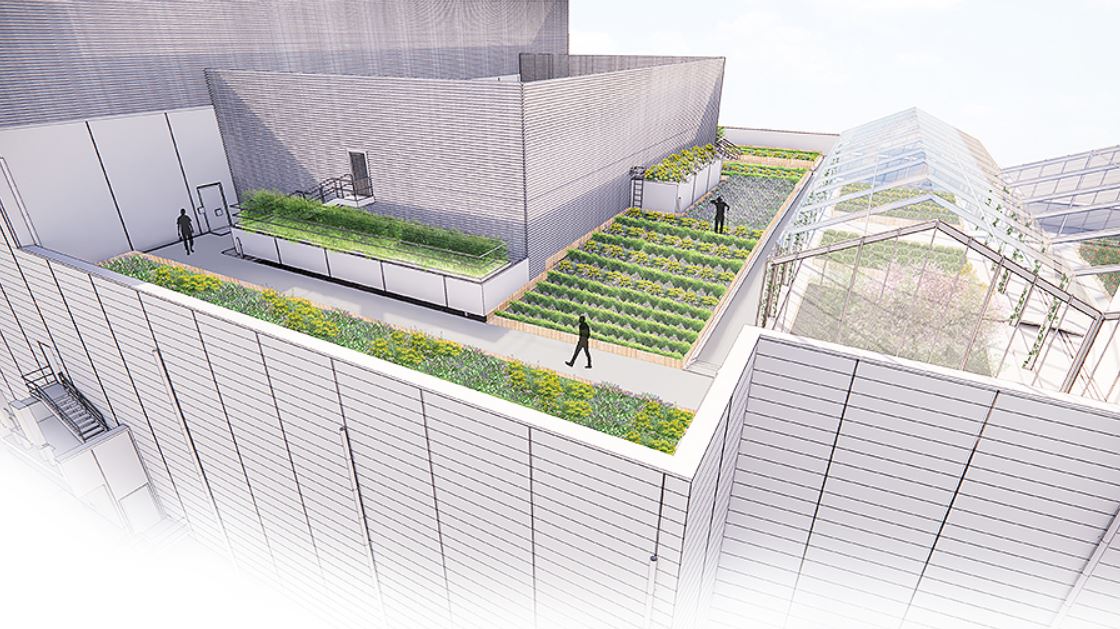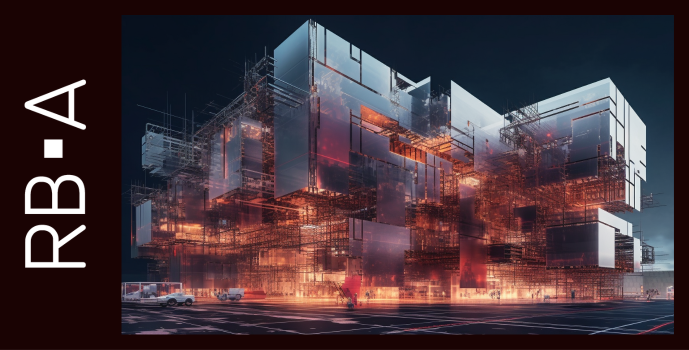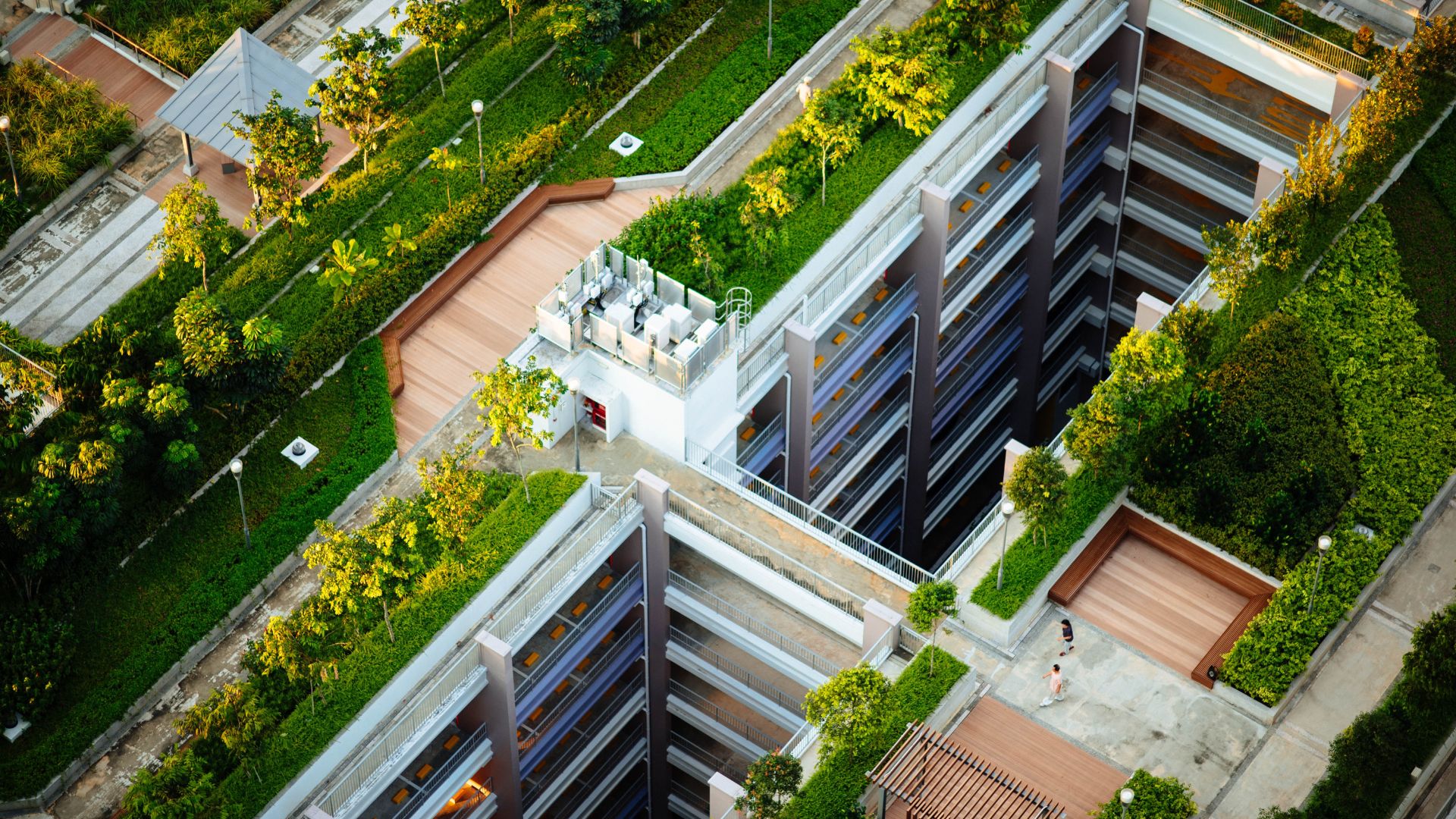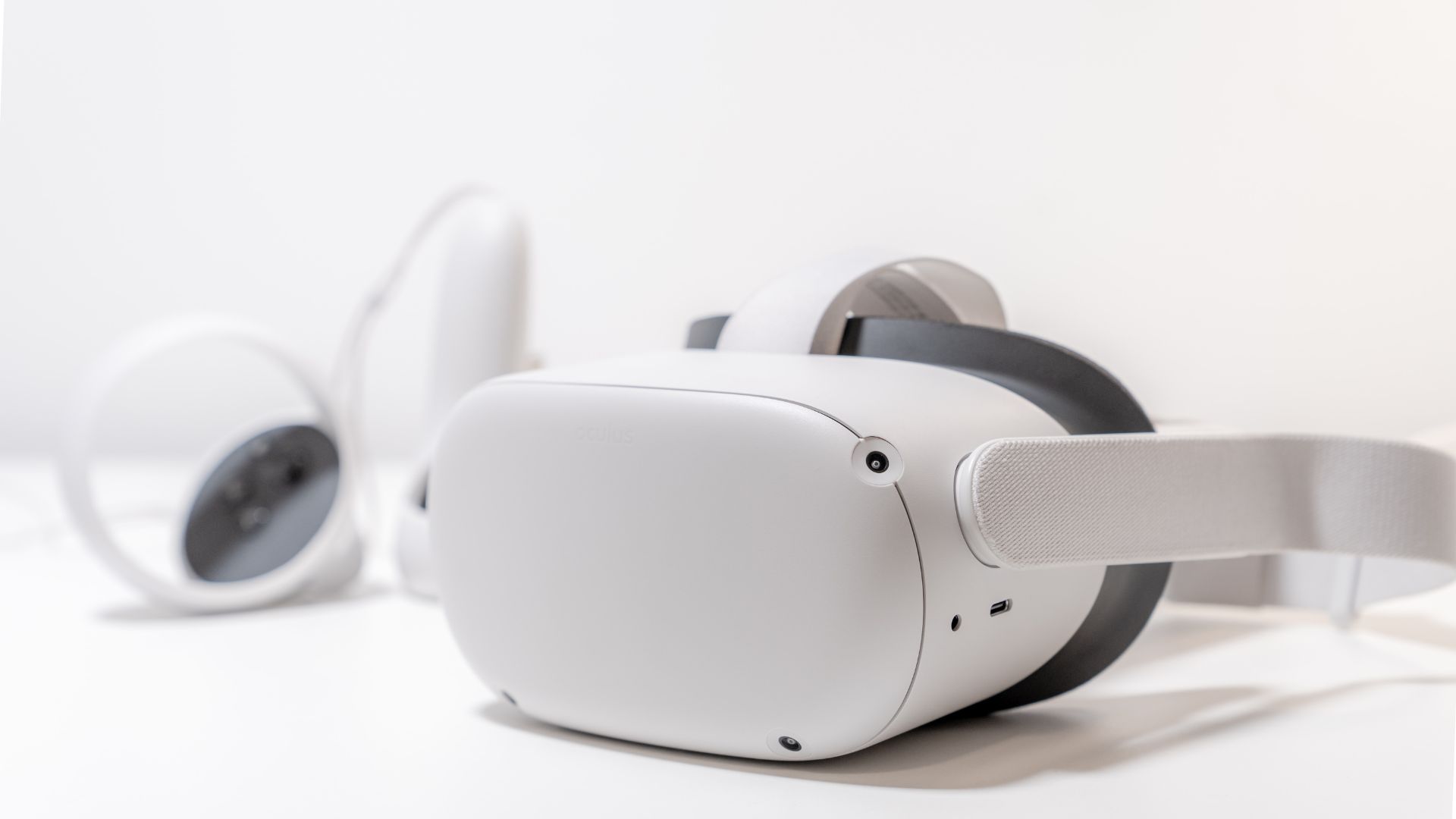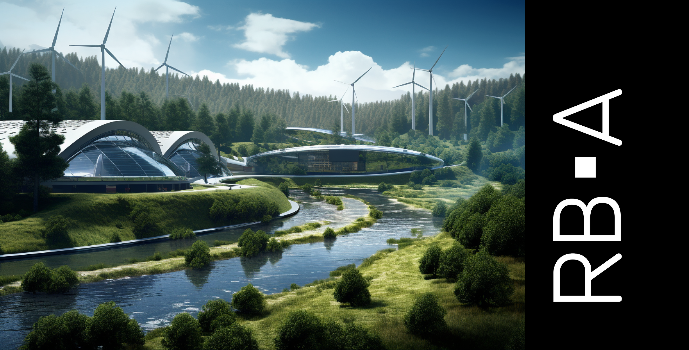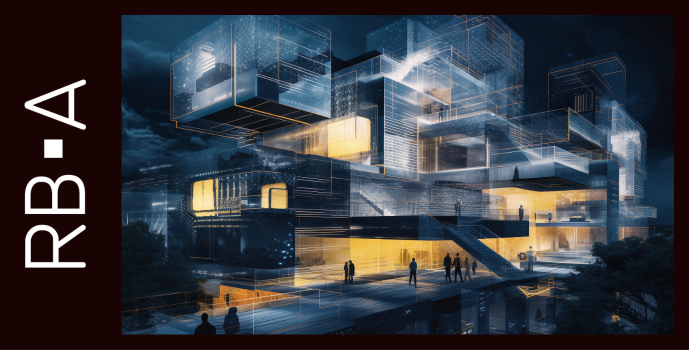Reshaping the retail experience: Where do we go from here?
The world of retail is evolving rapidly, driven by advancements in technology and changing consumer expectations. As modern architects, we find ourselves at the forefront of this transformation, tasked with designing spaces that not only meet the functional needs of retailers, but create memorable and immersive experiences for customers too.
In this blog, we explore the emerging trends and possibilities that are reshaping the industry landscape, and discuss where we might go from here…
Embracing technology
The integration of technology into the retail experience has become essential for modern architects. From interactive displays and augmented reality, to smart shelves and personalised recommendations, digital innovation has the power to truly revolutionise how customers engage with products and brands. At RBA, we must consider how to seamlessly incorporate these advancements into the spaces we design, creating an environment that harmonises the physical and virtual domains.
Flexible and adaptive spaces
The traditional concept of a static retail store is fading away. Today, retailers are seeking dynamic and flexible spaces that can adapt to changing needs and accommodate diverse experiences. Modern architects must embrace this shift by designing modular layouts, movable fixtures, and versatile spaces that can be easily reconfigured to showcase different products, host events, or facilitate interactivitys. This adaptability will allow retailers to stay agile in an ever-evolving market.
Creating immersive environments
In an era of online shopping, physical retail spaces have a unique opportunity to captivate customers through immersive experiences. Modern architects can employ innovative techniques to engage the senses — such as integrating soundscapes, scent branding, and interactive installations. By curating an atmosphere that stimulates emotions and enhances storytelling, we can transform retail spaces into destinations that leave a lasting impression on visitors.
Sustainability and wellness
Architects bear a responsibility to prioritise sustainability and wellness in our designs. Consumers are increasingly conscious of the environmental and social impact of their choices, and retailers are aligning their values accordingly. By incorporating sustainable materials, optimising energy efficiency, and integrating biophilic design elements, we can create retail spaces that not only benefit the planet, but also promote the wellbeing of both customers and employees.
Blending online and offline experiences
The lines between online and offline retail are becoming blurred. Retailers are embracing concepts such as click-and-collect, experiential showrooms, and pop-up stores to bridge the gap between the digital and physical worlds. Architects can contribute by designing seamless transitions between online and offline channels, providing a cohesive and complementary experience that allows customers to move fluidly between the virtual and real realms.
The future of retail relies on those who can reshape the retail experience to meet the evolving needs and desires of consumers. Embracing technology, creating flexible spaces, curating immersive environments, prioritising sustainability, and blending online and offline experiences allows architects to play a pivotal role in curating the retail landscape of tomorrow.
As we move forward, collaboration between architects, retailers, and technologists will be key to designing spaces that inspire, engage, and connect with customers on a deeper level. The possibilities are limitless, and it is an exciting time for us as we help to redefine the retail experience.

